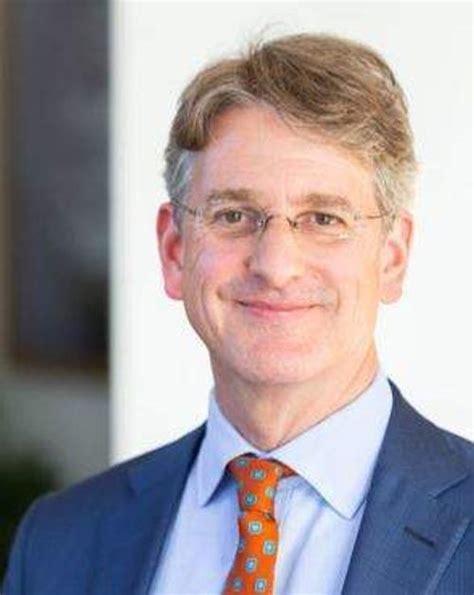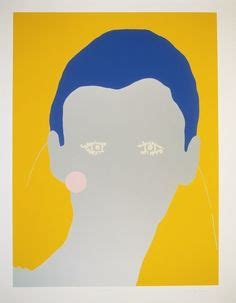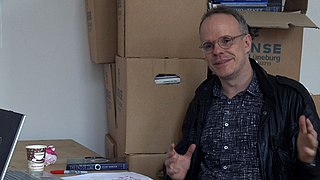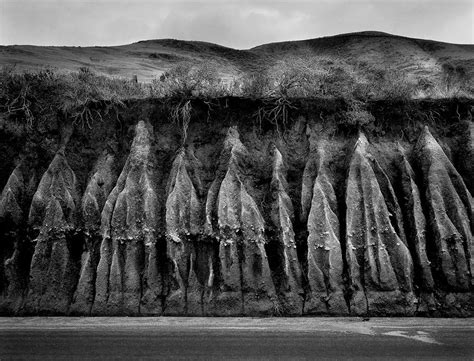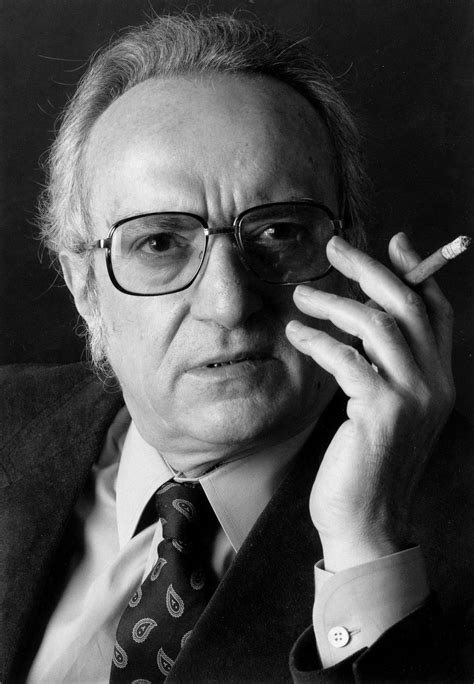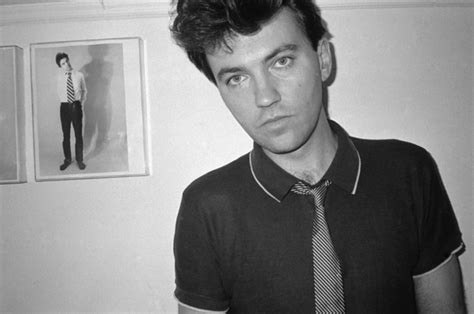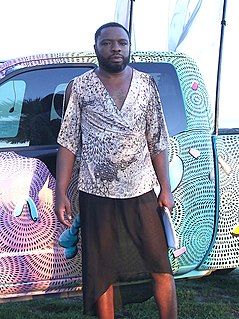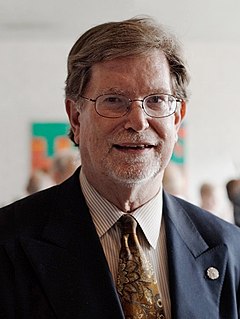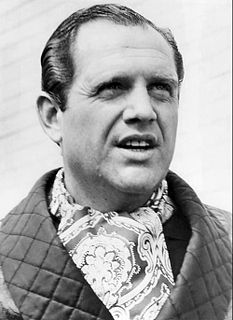A Quote by Orhan Pamuk
Real museums are places where Time is transformed into Space.
Related Quotes
When museums are built these days, architects, directors, and trustees seem most concerned about social space: places to have parties, eat dinner, wine-and-dine donors. Sure, these are important these days - museums have to bring in money - but they gobble up space and push the art itself far away from the entrance.
In the 1920s the young English physicist Paul Dirac began trying to understand and describe the space-time evolution of the electron, the first elementary particle discovered by J.J. Thomson in 1897. Dirac was puzzled by an unprecedented property of space-time, discovered by Lorentz in his studies of electromagnetic forces, whereby if space was real, time had to be imaginary, and vice versa. In other words, space and time had to be a ‘complex’ mixture of two quantities, one real and the other imaginary.
There is nothing mysterious about space-time. Every speck of matter, every idea, is a space-time event. We cannot experience anything or conceive of anything that exists outside of space-time. Just as experience precedes all awareness and creative expression, the visual language of our photographs should ever more strongly express the fourth dimensional structure of the real world.
Museums have traditionally been places that protect the art object. But in the last 40 years, a new type of museum has emerged - the Kunsthalle or alternative space which only presents temporary, contemporary shows. Yet art is not just about the future - it is about the future and the present, but it also can't forget the past.
People are going to have a good time, you know. One can go have a good time at these big openings in museums. And people go to have a good time. But the thing has another purpose.In the case of museums, it's always got to do with money, people who donate and things like that. And I believe a certain kind of interest has to be demonstrated.
But as Van casually directed the searchlight of backthought into that maze of the past where the mirror-lined narrow paths not only took different turns, but used different levels (as a mule-drawn cart passes under the arch of a viaduct along which a motor skims by), he found himself tackling, in still vague and idle fashion, the science that was to obsess his mature years - problems of space and time, space versus time, time-twisted space, space as time, time as space - and space breaking away from time, in the final tragic triumph of human cogitation: I am because I die.


